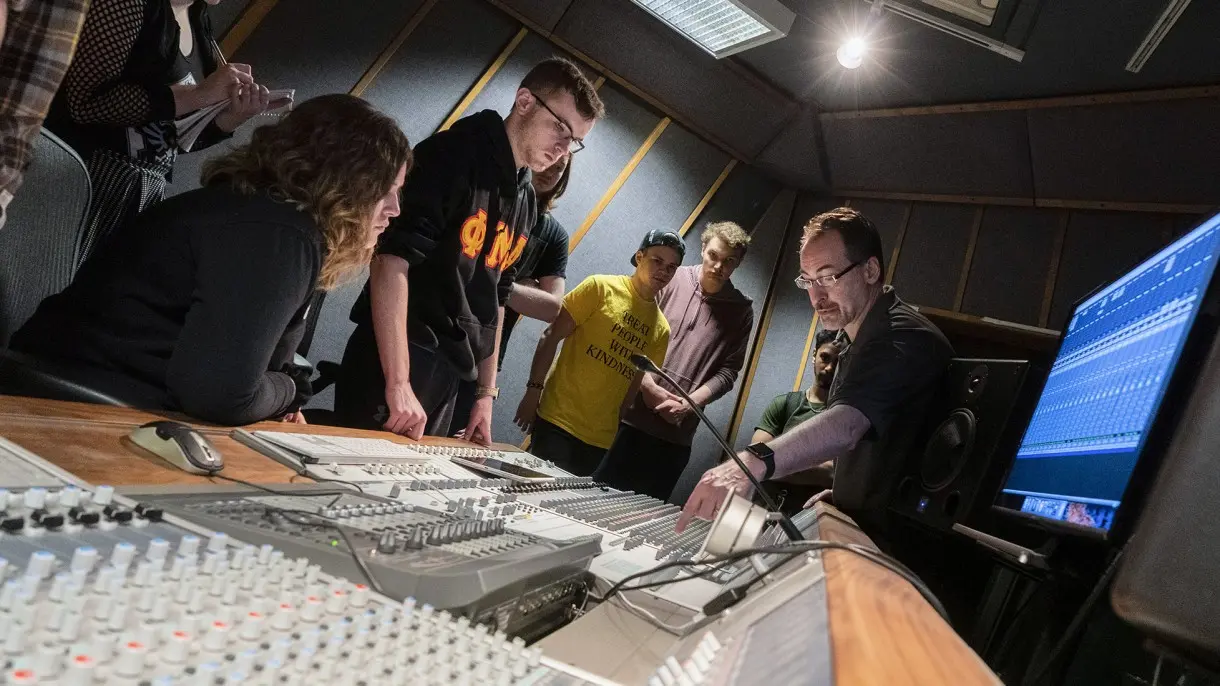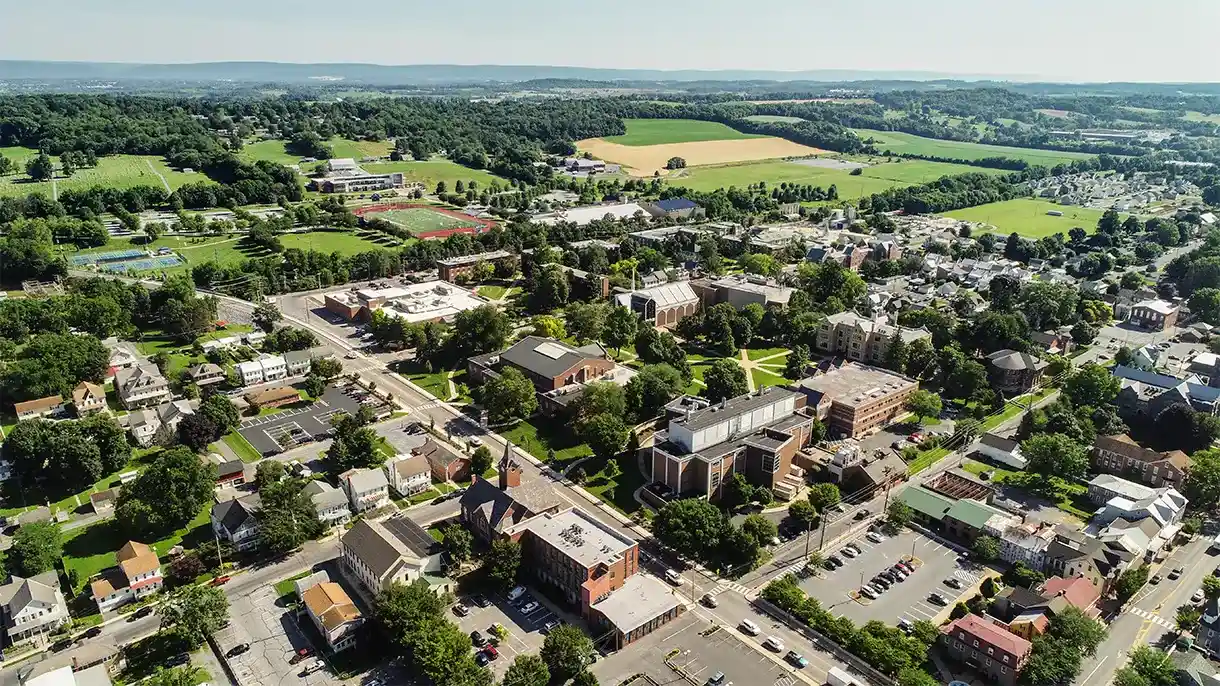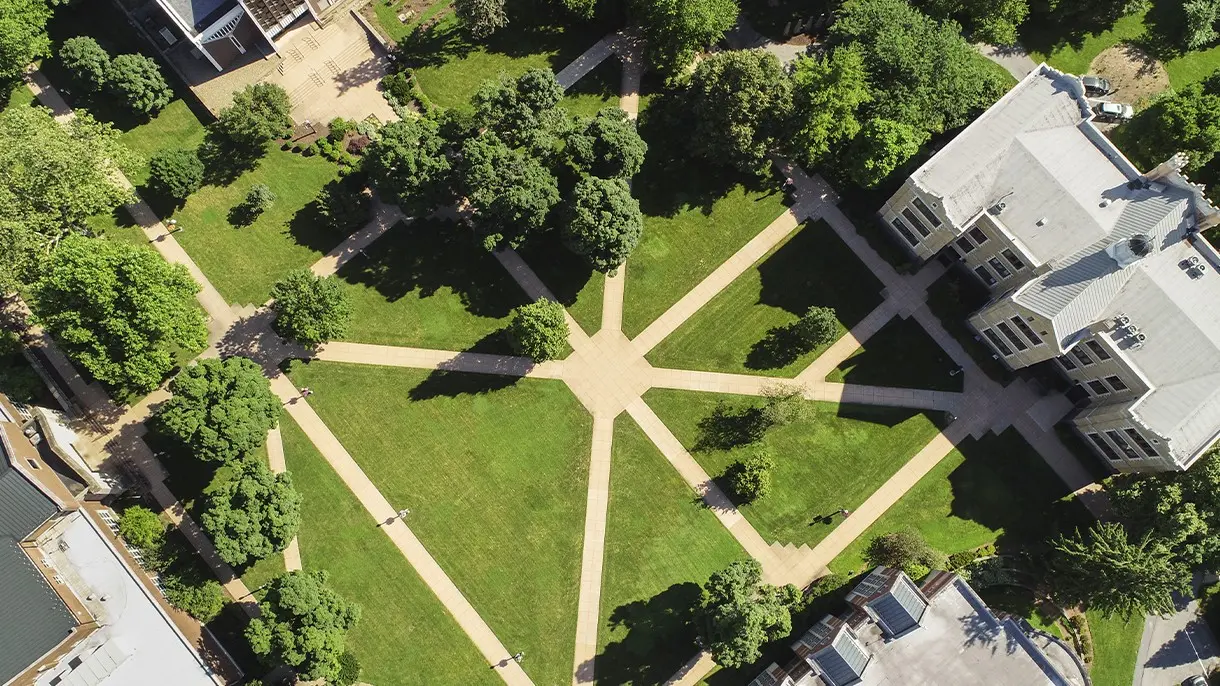Green Living Guide
This LVC Green Living Guide was created by the Environmental Sustainability Advisory Committee (ESAC) and Paige Bryson ’20, ESAC communications and data intern. It includes guidance on Small Steps: Searching for Certifications, Water Conservation, Saving Paper, Energy Savers, Food and Drink, Green Consumer Habits, and Resources.
Small Steps: Searching for Certifications
Developed by a team of veterinarians, animal scientists, range management specialists, and ranchers, AGA’s standards cover diet, confinement, antibiotics and hormones, and origin. Independent third-parties annually audit AGA-certified producers to ensure continuing compliance.
Products: meat, dairy, pasture pork
ENERGY STAR is a government-backed system that provides simple, credible, and unbiased information. It allows consumers and businesses to make well-informed decisions. This system has helped reduce costs and electricity usage since 1992.
Products: appliances, lighting, electronics, office equipment, heating, cooling, and more
This certification verifies that products are sustainably developed. It allows for community development by cultivating a more equitable global trade model that benefits farmers, workers, fisherman, consumers, industry, and the earth. This process certifies and promotes Fair Trade Products.
Products: coffee, snack food, clothing, produce, seafood, home goods, hygiene, and more
Food Alliance Certification works to promote sustainability in the agriculture and food industry, ensure safe and fair working conditions, promote the humane treatment of animals, and careful steward of ecosystems. This certification is voluntary and confirmed by a third-party.
Products: anything produced by a farm that is Food Alliance Certified (meat, produce, etc.)
Rainforest Alliance Certification verifies that a farm, forest, or tourism enterprise has been audited to meet standards that require economic, social, and economic sustainability.
Products: Nescafe, Nestea, Dove, Puffs, McDonald’s, Dole, Charmin, Giant, Patagonia, Skinnygirl, Breyer’s, Dunkin Donuts, Tom’s of Maine, Taco Bell, Palmer’s, Clif, Bar, and more
Water Conservation
Wash only full loads. This is less work on your part because it’s fewer loads to wash and saves water. The fewer loads you do, the less water you use.
Choose the “small load” option on your washer if you do a smaller load (i.e. sheets, delicate wear). This will use less water.
Wear clothes more than once. Sweatshirts, sweaters, jeans, pajamas, and sweatpants can be worn 2-5 times before they need to be washed. This saves water and energy.
Water conservation on a college campus can save many gallons each day. You can significantly reduce the water usage on LVC’s campus by making small changes to your daily routine.
Do not turn on the water more than 30 seconds before you get into the shower.
Turn off the water while you wash your face, brush your teeth, etc. This can save up to four gallons of water.
Saving Paper
Only print the pages from PDFs you need. For example, don’t printer the cover page of an article when printing from a database. This will save ink and one side of the paper. This will either leave one side blank to be reused later or will save an entire sheet.
Pay your bills online whenever possible. This will reduce your paper waste and eliminate the cost of postage and the chance your mail will get lost or stolen. In fact, a few companies offer a small discount to do everything online since it saves them money as well.
Opt to receive your bank statements online.
Always print double-sided or with multiple pages on one side of the paper.
Save single-sided paper to reuse for printing single pages or as scratch paper.
Print multiple slides on each side of the paper when printing PowerPoint presentations.
Energy Savers
Unplug electronics when not in use. TVs, DVD players, etc. still use energy when they are not in use. If you have them all plugged into a power strip, simply turn off the strip to cut currents to all electronics.
Take less food than you think you will eat. When you’re hungry, you eat with your eyes and take more food than you can finish. You can always go back for seconds. This also helps reduce dining hall food waste.
Buy local produce when possible. The less distance the produce travels, the fewer emissions/labor it takes to move it. There’s a local farmers market in Lebanon.
Buy organic when possible. There are fewer chemicals entering the soil and watershed since organic products are not sprayed with pesticides.
Buy in bulk when you plan on purchasing in large amounts. This reduces waste from packaging and is often less expensive.
Use a reusable water bottle. This helps eliminate single-use plastics from your routine. See “Water Bottle Filling Locations” to see where the nearest one is to your room or class.
Put your laptop into sleep mode and save up to 149 W of power. This makes your laptop battery last longer, which means that it will not have to be charged as often, which saves energy.
Screensavers use just as much energy as active use laptops; don’t use them. Instead, set y our computer to go to sleep if you go a few minutes without using it.
Shut down your laptop when you know you’re not going to be using it again for more than 30 minutes.
Turn off hallways lights at non-peak times during the day (e.g. in the afternoon, at night).
Turn off lights in living rooms, common areas, bathrooms, and lounges when you leave.
Turn off the lights when you leave a study room that has its own light switch (e.g. Allan W. Mund College Center, Vernon and Doris Bishop Library).
When you wash full loads, you do fewer of them. This saves the energy it costs to run an extra washer to do the second load.
Skip the dryer! Dryers shorten the life of your clothing by fading colors, causing fabrics to shrink, creating microtears that decrease the strength of the fabric, and speeding up the process of normal wear and tear. Invest in an inexpensive drying rack for you apartment or residence hall (found at Walmart, TJMaxx, Target, etc.). Use a lower heat setting if items need to go in the dryer.
The following LVC locations have water bottle filling stations:
Allan W. Mund College Center: Inside the Lehr and Phillips Dining Hall; in Lebegern Learning Commons near the Underground
Clyde A. Lynch Memorial Hall: Main Hall near Room 170 (outside the Clyde A. Lynch Technology Center); Lower Level near the Technology Resource Center
Vernon and Doris Bishop Library: Second Floor
Heliman Center (inside Arnold Sports Center): Main Hallway near the Weight Room
Humanities Center: First Floor near the Business Office
Mary Green Residence Hall: One on Each Floor
Stanson Residence Hall: Second Floor
Vickroy Residence Hall: Second Floor
Keister Residence Hall: Second Floor
Dellinger Residence Hall: First Floor
Keep windows closed in cold temperatures to keep the heating system from overworking.
At LVC: Assuming an outside temperature of 25 degrees and eight hours of open window time per day (which would be overnight; many students leave them open all day), a minimum of $20 per year is wasted for each window left open all day or night. This cost jumps to $203 per year if just 10 students keep their windows open for eight hours per day.
Though $203 may not seem like a lot of money, the indirect costs are far greater. When windows are left open in cold temperatures, this can cause the heating system to overwork. If it gets too overworked, it needs to be replaced, which costs money in labor, physical parts, and environmental waste.
Green Consumer Habits
Purchasing less items affects the overall production cycle. When a company sees a purchase, that counts as demand. The more demand a company sees for a product, the more they produce, which costs time, energy, and money. The less you purchase, the less demand they see, and thus the less they produce. The same applies to plastic bags. If companies see less of their inventory of plastic bags is dwindling, they will begin to purchase less so they do not spend money on something they do not need. Below, find ways to reduce your purchasing and use reusable bags.
Think about whether or not you really want an item before you click confirm or walk to the register. Ask yourself questions, such as: When/where will I wear this? Where will I put this (decoration)? Do I have anything else that is similar? How many hours would I have to work in order to pay for this item?
Try to avoid impulse purchases at the register (there is a reason stores line their queues with items: think retail, grocery stores, etc.).
Try not to grocery shop when you feel hungry. This keeps you from having an appetite for everything you see and then getting home and having no place to put everything.
Try to avoid “retail therapy” to avoid impulse purchases or over-buying.
Use a reusable bag whenever possible. If you have trouble remembering them, buy a stow-away one that can be kept in a pocket or purse, keep one in the driver side door of your car, or put one in the passenger seat. If you can see it, you’ll remember it. They are also great for packing up dirty clothes after a vacation, packing food for a trip, or transporting items to/from places.
Buy used textbooks whenever possible. This saves the energy needed to print a new textbook.
Most used textbooks have minimal or no damage. You can still write and highlight in them. If they are kept this way, they can be kept in circulation longer.
If your professor requires the newest version of a textbook, you can always ask if they will allow you to use the previous version.
Thrift shopping cuts down on the energy needed to make new products.
It also eliminates the need for packaging, as most (if not all) items are dropped off directly to the store, and they are purchased directly from the shelf.
Cleaning out jars from salsa, containers from make up, or cartons of milk allows you to reuse them for plant pots, drinking glasses (think mason jars), pen cups, etc.


